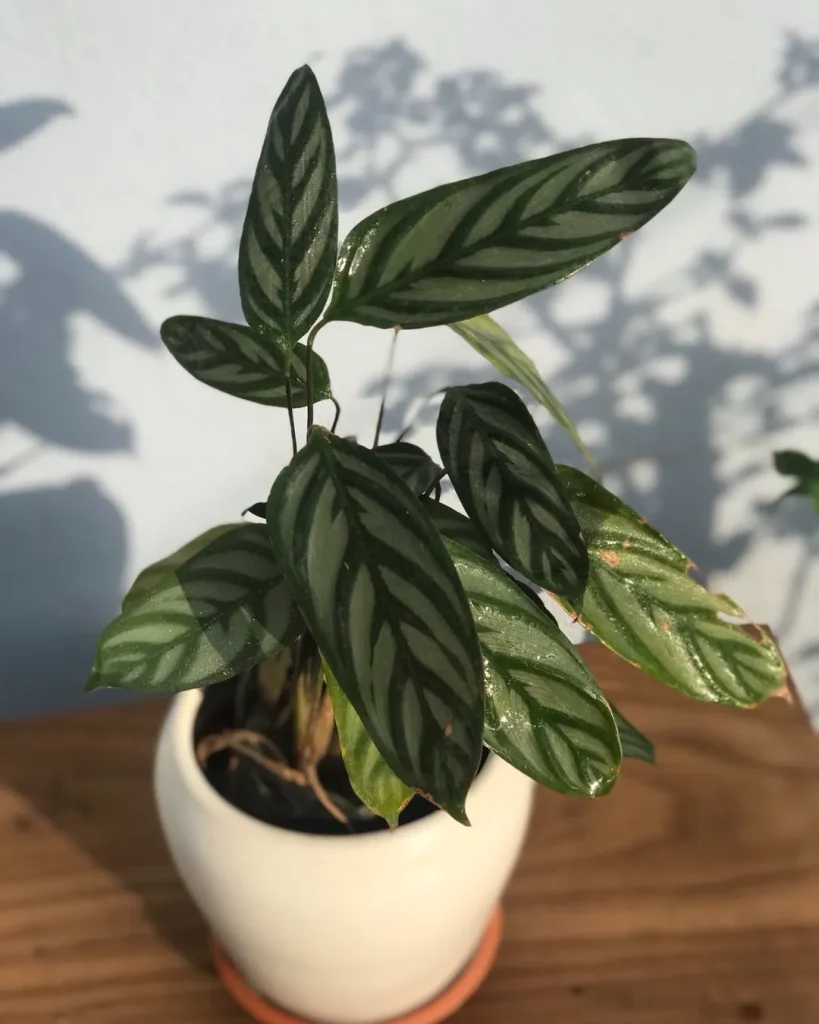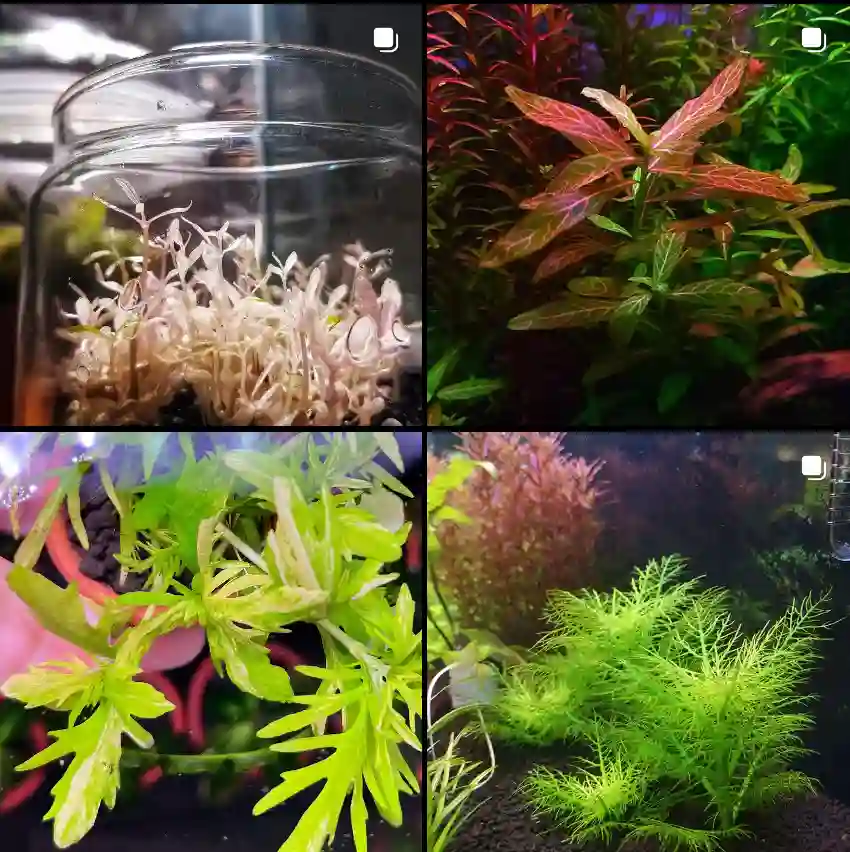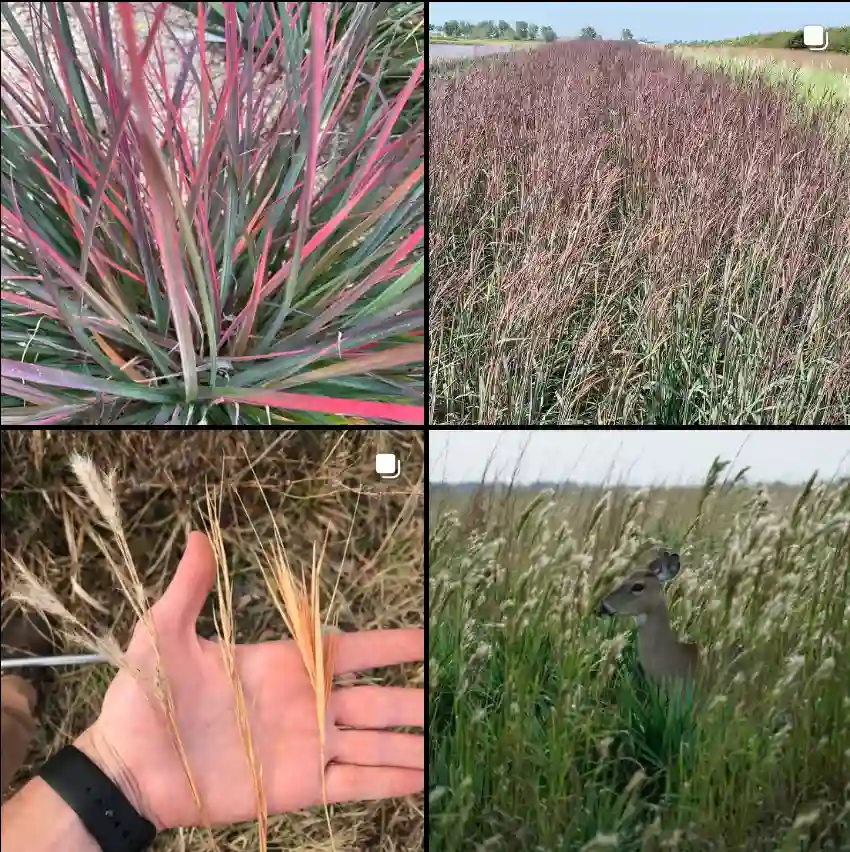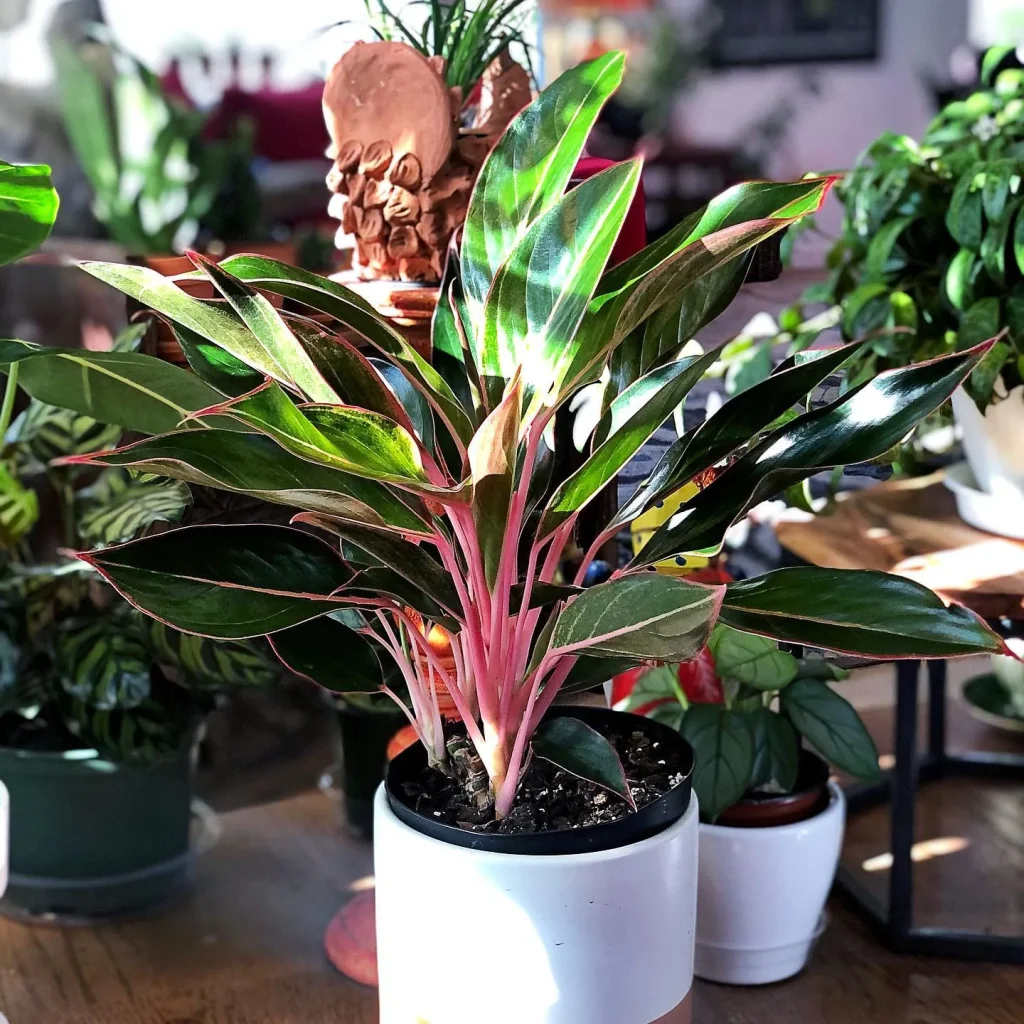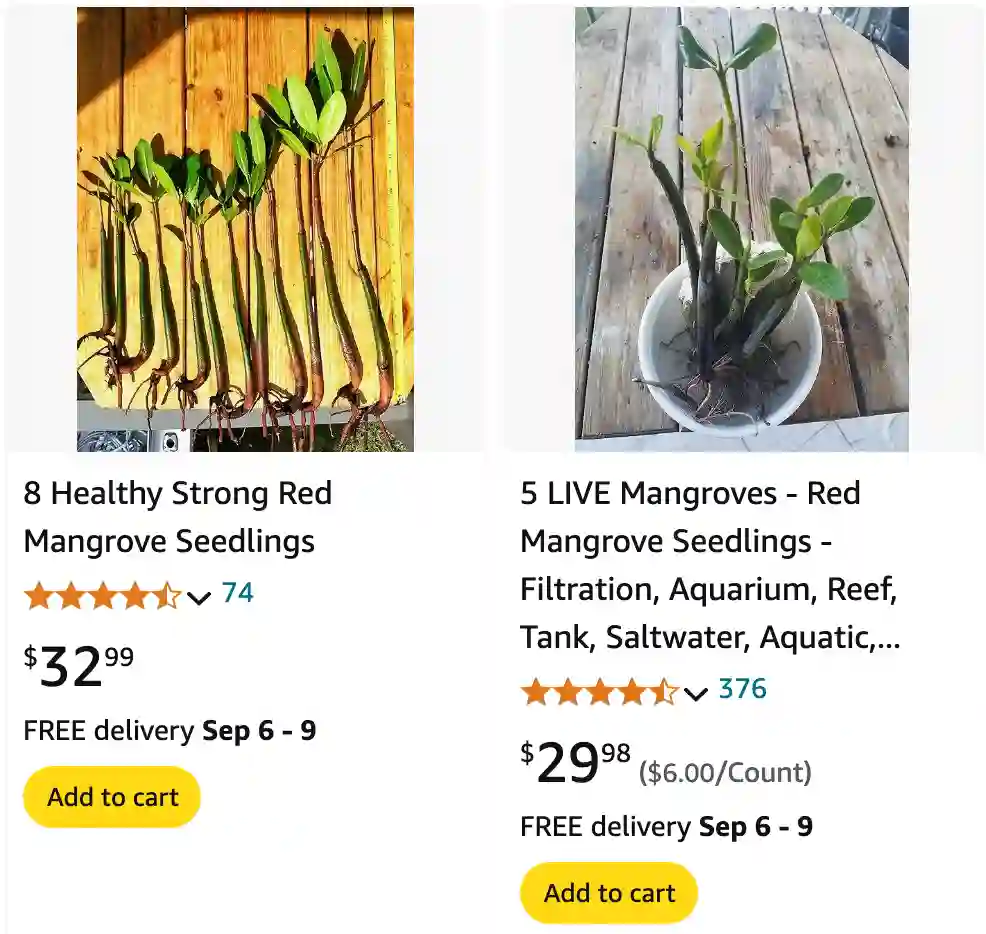
What is a Mangrove Tree?
A Mangrove Tree is a unique and vital plant species that thrives in coastal and estuarine environments where saltwater meets freshwater. These trees are adapted to survive in harsh conditions, including high salinity, waterlogged soils, and fluctuating tides. They form dense forests along tropical and subtropical coastlines and play a crucial role in coastal ecosystems.
What Does a Mangrove Tree Look Like?
Mangrove Trees have distinctive features that set them apart from other trees. Typically, they have aerial roots, known as pneumatophores, that rise above the water to facilitate gas exchange. Their leaves are usually thick and waxy, which helps them cope with salt and conserve water. The tree’s bark is often rough and greyish-brown, and they produce small, inconspicuous flowers followed by propagules—seedlings that drop from the parent tree and can begin to grow immediately.
Where Can You Find a Mangrove Tree?
You can find Mangrove Trees in tropical and subtropical regions around the world. They are commonly found along coastlines, estuaries, and river deltas in countries such as Thailand, India, Australia, and the United States, particularly in Florida and Hawaii. Mangroves are adapted to the brackish waters of these regions, making them an essential part of coastal ecosystems.
How to Grow a Mangrove Tree?
Growing a Mangrove Tree requires some specific conditions to mimic its natural habitat. Here’s a step-by-step guide:
- Choose the Right Location: Mangroves need a warm, tropical environment with high humidity and a saline or brackish water source.
- Soil Preparation: They prefer muddy or sandy soil that is well-draining. The soil should be rich in organic matter.
- Planting: You can start with propagules, which are seeds that have already begun to germinate. Plant them in shallow water or mud, ensuring they are partially submerged.
- Water Management: Maintain a regular water level that simulates tidal fluctuations. Mangroves can tolerate periodic submergence but need oxygenated roots.
- Care: Regularly check for pests and diseases. Mangroves are relatively low-maintenance but require a stable environment to thrive.
How to Get Mangrove Tree Saplings?
You can obtain Mangrove Tree saplings from specialized nurseries that focus on coastal or aquatic plants. Some online retailers also offer Mangrove saplings. Additionally, many coastal conservation organizations and botanical gardens have programs for propagating and distributing Mangrove saplings.
How Much CO2 Does a Mangrove Tree Absorb?
Mangrove Trees are highly effective at absorbing carbon dioxide (CO2) from the atmosphere. They sequester carbon in their biomass and in the sediments of the mangrove forest. Studies estimate that mangroves can absorb up to five times more CO2 per unit area compared to terrestrial forests. This makes them invaluable in combating climate change.
Can a Mangrove Tree Be Submerged in Water?
Yes, Mangrove Trees are uniquely adapted to be submerged in water. Their aerial roots help them obtain oxygen even when their main roots are submerged. They can survive in waterlogged soils and tolerate regular inundation by tidal waters.
Mangrove vs. Swamp
Mangroves and swamps are both wetland ecosystems, but they have distinct differences. Mangroves are coastal trees that grow in brackish water where saltwater and freshwater mix, whereas swamps are freshwater wetlands with dense vegetation, including trees and shrubs. Mangroves are typically found in tropical and subtropical regions, while swamps can be found in various climates around the world.
Mangrove vs. Red Snapper
Comparing Mangroves to Red Snapper is like comparing apples to oranges, as they are entirely different. Mangroves are trees, while Red Snapper is a type of fish. However, mangrove forests provide essential habitats for many marine species, including Red Snapper. These fish often use mangrove areas as breeding and feeding grounds due to the rich biodiversity supported by mangrove ecosystems.
How to Care for a Mangrove Tree?
Caring for a Mangrove Tree involves maintaining the right environmental conditions. Ensure that the tree has access to brackish or saltwater and that the soil remains moist. Monitor for pests and diseases, and provide additional nutrients if necessary. Regular pruning might be needed to maintain the tree’s health and shape.
How to Propagate Mangrove Trees?
Mangrove Trees are primarily propagated through their propagules. These are mature seeds that fall from the parent tree and can start growing while still attached or once they land in suitable conditions. To propagate, collect the propagules and plant them in a moist, saline environment where they can root and develop.
What to Plant with Mangrove Trees?
In a mangrove ecosystem, you might plant other salt-tolerant species that complement the mangroves. These can include certain grasses, shrubs, and other coastal plants that thrive in saline conditions and provide additional habitat and stability to the ecosystem.
Is Mangrove Tree Toxic?
Mangrove Trees are not generally considered toxic to humans. However, it’s always wise to avoid ingesting any part of the plant, as some mangroves can contain compounds that might cause mild irritation or allergic reactions in sensitive individuals.
Common Problems with Mangrove Trees
Common problems with Mangrove Trees include salt stress, pests such as mites or insects, and fungal diseases. Ensuring proper water levels and avoiding excessive pollution can help mitigate these issues. Regular monitoring and care are essential for maintaining healthy mangrove trees.
Benefits of Mangrove Trees
Mangrove Trees offer numerous benefits, including:
- Coastal Protection: They act as natural barriers against storm surges and coastal erosion.
- Biodiversity: They provide crucial habitats for a wide range of wildlife.
- Carbon Sequestration: They play a significant role in reducing atmospheric CO2 levels.
- Water Filtration: Their roots help filter pollutants from water.
In conclusion, Mangrove Trees are fascinating and vital components of coastal ecosystems. By understanding their unique characteristics and needs, we can better appreciate their role in our environment and take steps to protect and preserve these incredible trees.
If i die, water my plants!
